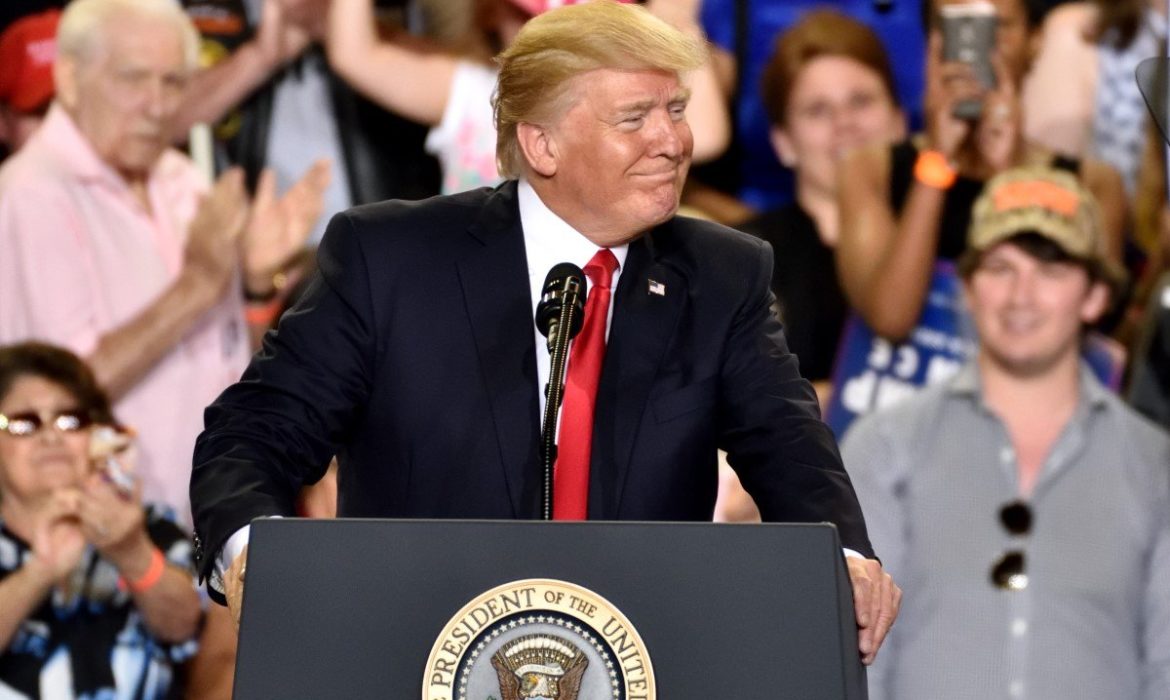The United States President Donald Trump is gifted at marketing stodgy, old-line Republican policies. It is because they are transgressive, new, and bold. It is like policy laundering. That deception has executed a very damaging effect on Trump’s handling of the economy.
Trump positioned himself as a different kind of Republican. Trump rinsed away the shame of decades of GOP economic mismanagement, with all the integrity of a late-night infomercial host. He promised that his plans would bring prosperity to a long-overlooked working class in a spin cycle. Nevertheless, Trump ultimately delivered what all Republican presidents have been providing since Ronald Reagan. It is wealth for the already rich, as says the source. Moreover, it puts the middle-class through the wringer.
That cycle played out twice in plain view. First, it was during Trump’s tax cut of 2017. It showered wealth on the wealthiest, according to the source. Thus, it offered the middle class a drop in the bucket. Now the situation is that pandemic response has inflated the wealth of billionaires—even main-street America reels under a Depression-level crisis.
Donald Trump
In 2016 Trump’s campaigns were a blasting, iconoclast former Republican standard-bearers Paul Ryan (‘very weak’) and Mitt Romney (‘doesn’t have a clue’). Trump did not divide America into parasitic ‘takers’ and industrious ‘makers’. According to the source, he blamed the poor for their lack of pluck. Instead, Trump blamed the economic woes of America on the greed of self-interested elites. He was posing as a selfless billionaire according to the source. So, he vowed to betray his interests to champion ‘forgotten women and men’ of America. That rhetoric echoed Richard Nixon. His code was for the white working-class according to the source.
‘Make America Great Again’ of Trump was a real nostalgia for more economically, just America. Boom after WWII (World War II) created broad prosperity. The wages of the bottom ninety percent of Americans grew in line with the overall economy. Nevertheless, that trajectory was the same as was in the mid-1970s. The share of the income of the nation accrued to the bottom ninety percent shrank from close-to-half to barely one-third. RAND Institute made a new study. It offers insight into how the different United States could have been today if the post-war trend continued. Instead of making $36,000, the median worker would be making $57,000 a year.
Mark Bluth is Brown University, the political economist. He said that the political insight of the United States President Donald Trump was keen.













